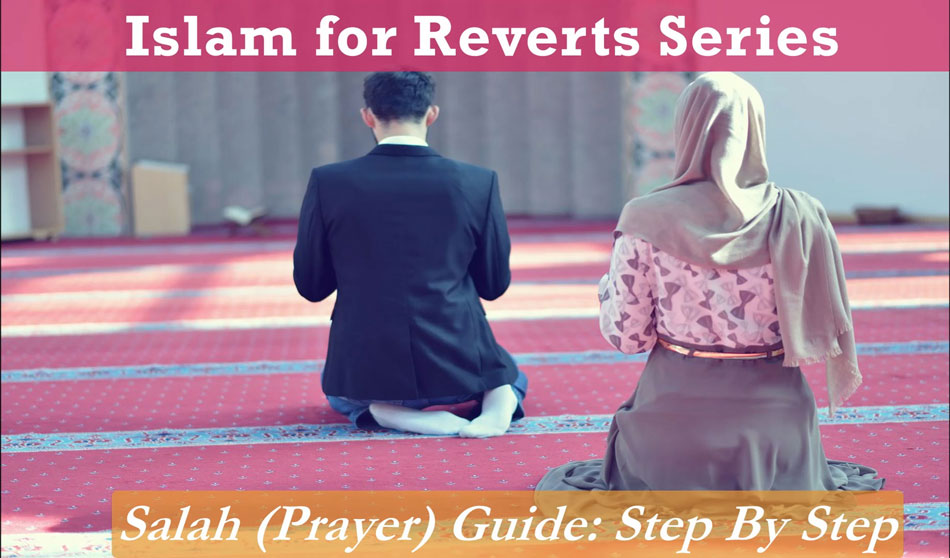The Hijab Diaries
Islam for Reverts: Salah Step by Step Guide
This video is about the most important pillar of practical Islam: Salah/Namaz/Prayer. It is the first of our long series of videos that we have been busy producing for revert Muslims. Most of the time born Muslims do not fully comprehend the struggles of Muslims converts. There are lots of reasons for this including:
- Most but not all Born Muslims learn reading Quran and Salah at a very young age, hence it becomes second nature to them. However, they can struggle to appreciate how difficult it can be for a convert especially a convert who speaks English to learn things in Arabic as it’s not always easy to understand the language.
- Most born Muslims don’t understand what it is to become alien in their society and being outcast by their own families because of accepting Islam. Although we do hear about some born Muslim brothers and sisters facing pressures from their families when they grew a beard or started doing proper hijab respectively, but it is usually not that extreme type of boycott that is usually witnessed by revert Muslims.
We have been talking to different Muslim reverts and have been able to witness first hand as to how difficult life can be for a lot of our convert brothers and sisters. Hence this series ‘Islam For Reverts’ is inshaAllah is aimed at helping them in learning about different aspects of Islam in an easy to understand manner.
Contents
Who is this Salah guide for?
The step-by-step guide is for converted Muslims. The aim here is very simple, to help you learn how to pray salah. It’s amazing how few resources are available out there for newly converted Muslims. We have come to realise after talking to reverts that it is not a major deal for Muslim brothers because they can go out to the masjid and meet with other brothers and even speak to the Imaam when they need guidance. However, for sisters, it is not so easy as they often have family responsibilities or they don’t have a masjid nearby or sometimes even if there is a masjid nearby they don’t cater to females.
This is why we decided to bring these videos into the comfort of your home. This guide is actually a part of a bigger series that we are doing in order to help newly converted Muslims as much as we can. Over time we will be discussing how to do Wadu also known as ablution, how to do your obligatory and optional prayers and many other topics. If there is anything in particular that you would like for me to discuss please leave it in the comments below and we will in Shah Allah cover these topics for you!
Today we will be looking at 2 rakaah salah. This is the easiest way to learn salah as we will guide you through step by step how to do the 2 rakaah prayer. It will then work as your building block for all your other prayers as once you have learned this you’re already halfway there to learning your Salah.
Tips for Salah
Before we begin we would like to make a few important points:
- Always remember when praying that you need to be facing the Qibla – there are many Android and IOS apps available for this purpose. However, do note that these can often be inaccurate, so please do your research before using them.
- When you’re praying you should always be focused on your sajdah point, you should not be looking left right up or down. Do not get distracted by people around you and if someone calls out to you even if it’s a child try and ignore it and focus on your prayers.
- When you are praying to Allah (swt) you should really be connected to Allah (swt) and a very good way to do this is to learn the meaning of Arabic words in your own language. This allows you to get a deeper understanding of the meanings for example Allahhu Akbar means Allah is the greatest when you’re saying that you’ll be really connecting to Allah (swt). It is really important that you try and do this for all of the recitations in your salah. Insha Allah I’m trying to do it as well as I am not perfect myself and want to learn more and understand the meaning behind the Quran as well.
2 Rakaah Prayer Step by Step
- When you begin with 2 rakaah salah often people will make a niyaah (intention) to pray. This can be something as simple as saying as “I am going to pray X number of rakaah for Y prayer”, but please note this does not need to be uttered verbally.
- Takbeer – From here you would go into the takbeer position which is Allah hu Akbar, you would make sure that your hands are at shoulder level.
- You here you would place your left hand on your check first and then your right hand would go over your left hand. This standing position is known as Qiyaam.
- Recite Sanaa (aka Thana)

- Recite Ta’awwudh

- Recite Tasmiyaah

- Recite Surah Fatiha
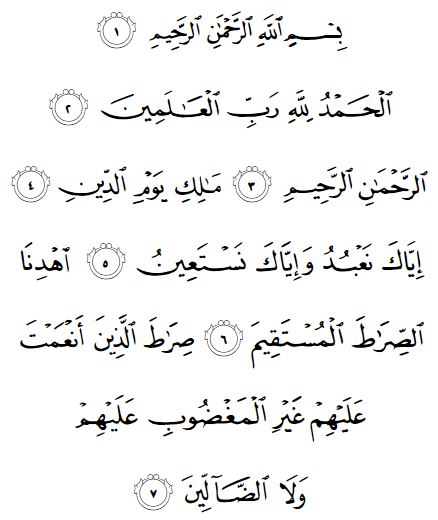
- Recite either one long verse or 3 short verses. It’s completely understandable that as a Western revert Muslim it can be difficult to memorise Arabic as it is not a Latin language and also it is written from right to left which can often cause a little bit of confusion. To begin with, learn these super short surahs that you can use interchangeably in your prayers:
Surah Al-Ikhlas

Surah Al-Falaq

Surah An-Nas
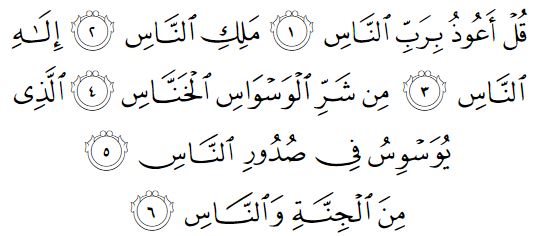
- Raise your hands up like takbeer before going into ruku.
- Ruku – Here you would fold your top half bending over so that the fingers touch your knees, keep your eyes on the sajdah point at all times.
- Remain bent and recite “Subhaanna Rabbeeyal Azeem” 3 or more times.
- Qauma – Straighten up from the ruku position and return to standing straight (raise your hands in the same way you did when you were going into ruku) Please note that whilst straightening say “Sami Allahu Limah Hamida” and then when straight recite “Rabbanaa Wa Lakal Hamd”.
- Say Allah hu Akbar and go into Sajdah (also known as prostration) There are 2 sajdahs in one rakaah. Once you are on the floor your knees and tips of feet should be touching the floor, your hands should be next to your head, with the head placed in the middle. Your nose and forehead should be touching the prayer mat. Here you would recite “Subhanna Rabbiyal Alaa” x 3 – you can also make any dua you want here afterwards and there is no requirement that this dua be made in Arabic, it can be made in your own mother tongue!
- Tashahhud/Jalsa – Get back up to sitting position and place both hands on both lower thighs, for females their feet should be pointing to the right. As we get up, we have completed one Sajdah. The most prescribed prayer in this situation is “Rabbigh Fir-lee” which means forgive me. Say Allah Akbar and go back down for the second sajdah.
- To the second Sajdah – Recite “Subhaana Rabbiyal ‘Alaa” x 3 again. You can recite it 5, 7 or 10 times.
- Now let’s get back up for the second raka’at.
- You would do the second rak’aah in the same way but this time after the second Sajdah instead of getting back up in Qiyaam remain seated in Tashahhud.
- Recite At-Tahhiyaat
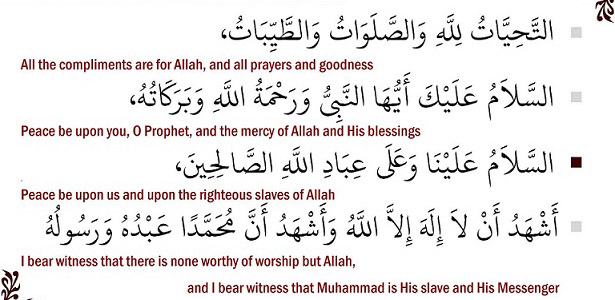
- Then Durood (Blessings on Prophet saw)
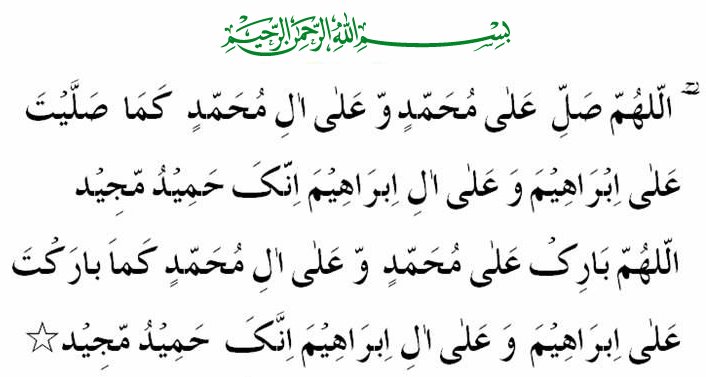
- And finally, you would recite a short Dua. You can choose any of the following duas to be recited in the final part of your prayer.



- An important point to mention while you are in Tashahhud, you must keep your finger moving as in up and down motion.
- Tasleem – Once you have finished your recitation, turn your face over to your right shoulder and say “As’salamu ‘alaykum wa rahmatullah” Then turn to the left and say the same.
And this is it! Your two rakaat salah is now complete. If you found this guide to be of any help inshaAllah, leave us a comment, like the above video & make a dua for us please. We will be going into a lot more detail about different aspects related to salah in our future blog posts and videos…So subscribe to our Youtube channel and check out our other videos on this topic!
References:
- https://www.youtube.com/saadalquraishi
- http://www.prayertimenyc.com/
- https://quran.com/
- http://navedz.com/durood-sharif/
- https://www.pinterest.co.uk/ruji87/duas-supplications
- http://tadeebulquran.com/learn-namaz-sunni-way-step-by-step/100-2/
- https://www.pinterest.co.uk/MayW23/islamic/

